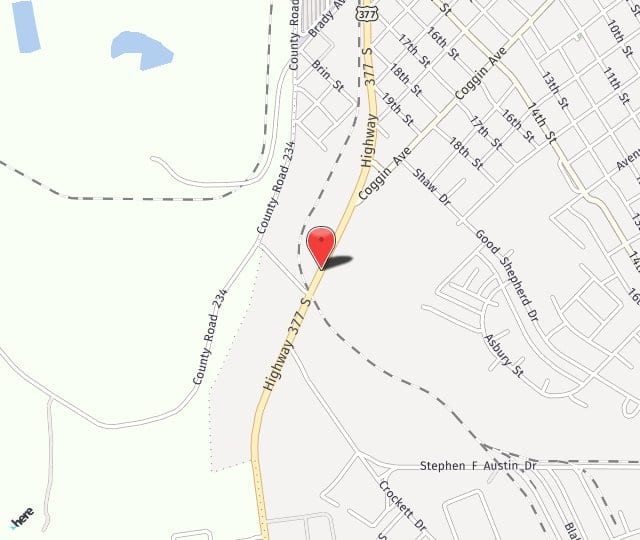The Alphabets of Skin Cancer
- Posted on: Oct 15 2016

With the number of sunny days in Brownwood, we see lots of skin cancers at Creative Image Laser Solutions. Most of our patients are pretty knowledgeable about the dangers presented by the sun’s rays. Here’s a little more information, especially in an easy way to remember what to look for alphabetically!
Why some get skin cancer and others don’t
Do you ever wonder why you always seem to be getting something frozen or cut off, either pre-cancers or cancerous growths? It all comes down to melanin. Melanin is the pigment in the skin that helps protect it from the sun. Melanin is what is responsible for turning the skin a darker tone (tanning) after receiving sun exposure. This is a protection mechanism.
The problem is, people with fair skin have less melanin so they are less protected. The ultraviolet rays from the sun can alter the genetic material in skin cells, causing them to mutate into cancerous cells. It is estimated that 40 to 50% of people with fair skin (who live to be at least 65 years of age) will develop at least one skin cancer in their lives.
Different cancers, different risks
If you’re going to get a skin cancer, you should be glad when it is either squamous cell or basal cell. These two forms are more common than melanoma and they come from different types of sun exposure. Squamous and basal cell carcinomas are the result of the amount of overall sun exposure. Fair-skinned people who spend a lot of time outdoors will likely develop one of these two skin cancers.
Melanoma, the most dangerous type of skin cancer, isn’t thought to come from prolonged sun exposure, but from the intensity. It is believed that melanoma is triggered by the scorching sunburns where the person’s skin blisters and peels afterwards. Research has shown that just one blistering sunburn during childhood doubles a person’s risk for developing melanoma later in life. And if you’re over 50, the chances are just about 100% that you’ve probably had many of those types of burns because in the 60s sunscreen had yet to be invented.
Know your ABCDEs
So, knowing that you’ve had those types of burns, you need to be on the lookout for developing skin cancers. These five letters can come in handy when looking for skin cancers on your skin.
- Asymmetry — If one half of the mole doesn’t match the other half, that’s a concern. Normal moles are symmetrical.
- Border — If the border or edges of your mole are ragged, blurred, or irregular, that is a reason to call us at Creative Laser. Melanoma lesions often have irregular borders.
- Color — Normal moles are a single shade throughout. If your mole has changed color or if it has different shades of tan, brown, black, blue, white, or red, then it should be checked.
- Diameter — If a mole is larger than the eraser of a pencil it needs to be checked.
- Evolving — If a mole evolves by shrinking, growing larger, changing color, itching or bleeding, or other changes it should be checked. Melanoma lesions often grow in size or gain height rapidly.
With all the sun we receive in Brownwood, we all need to be aware of the signs of skin cancer. If you’ve been minding your ABCDEs and something has caught your eye, call us at 325-641-1927.
Posted in: blog, Skin Cancer


